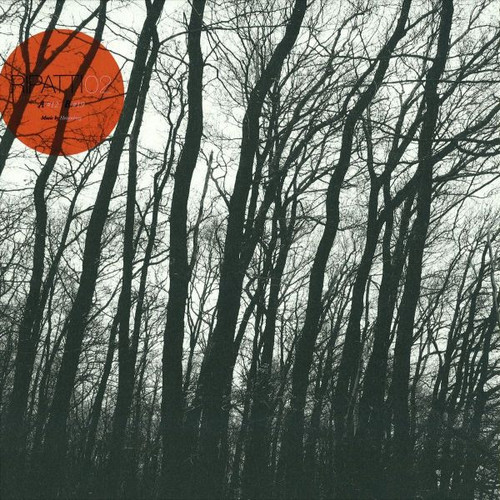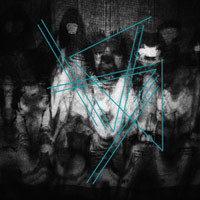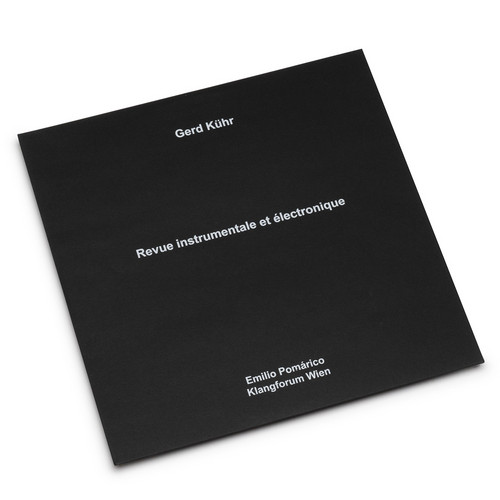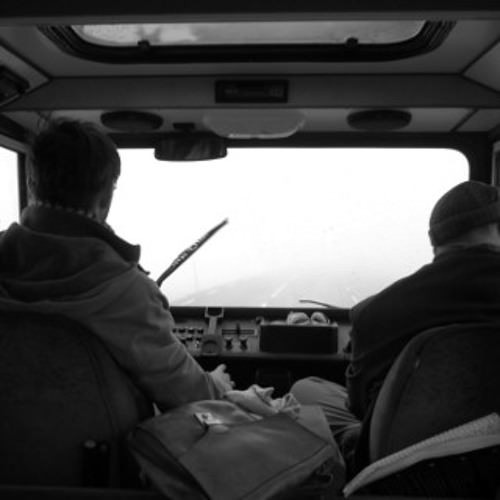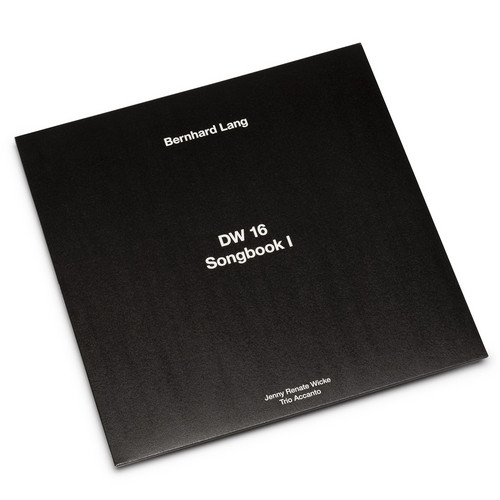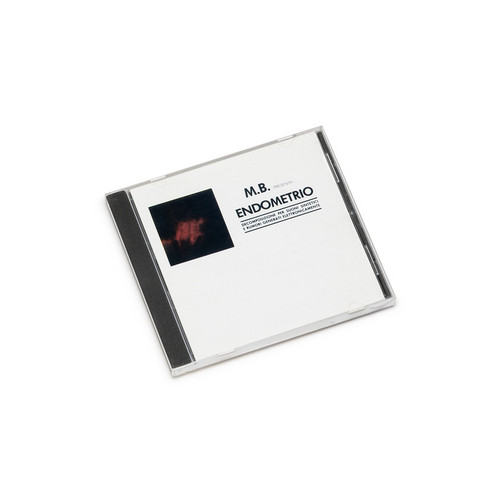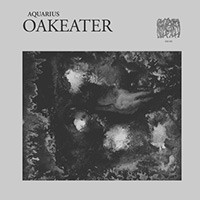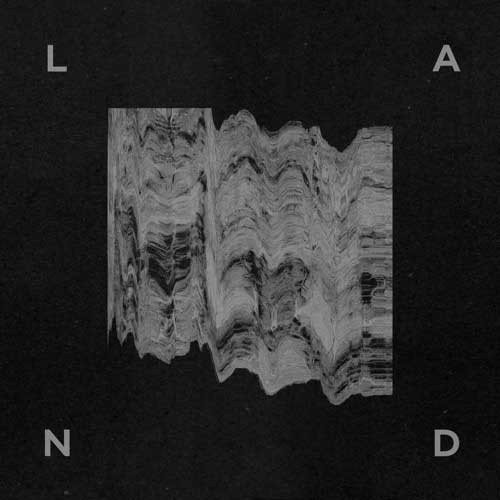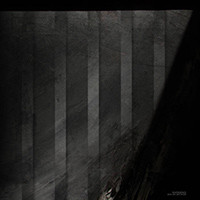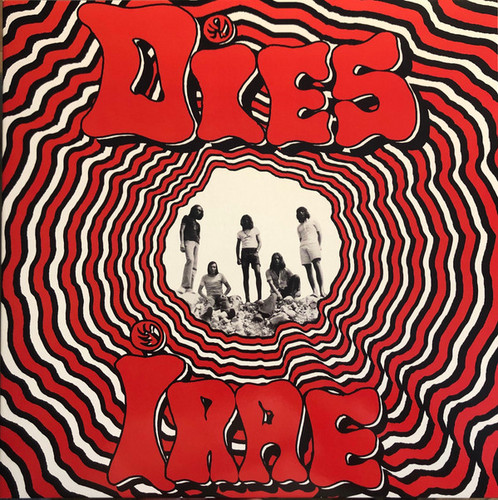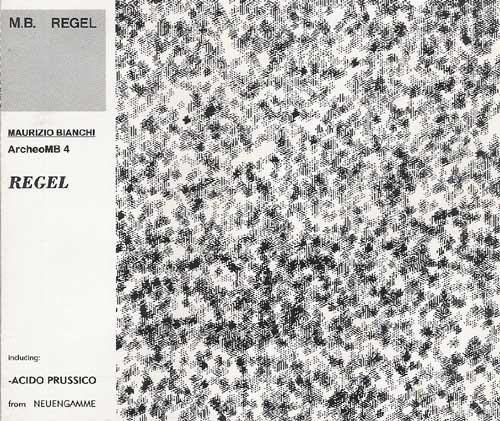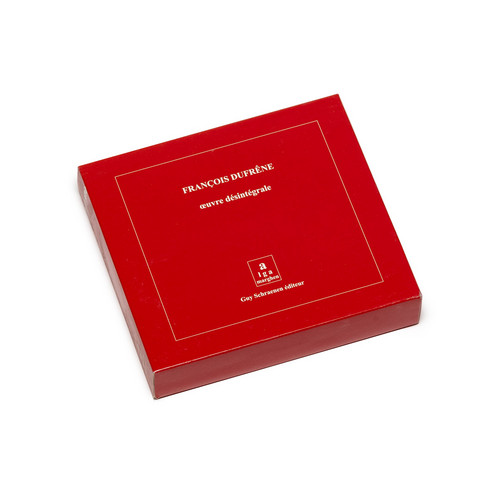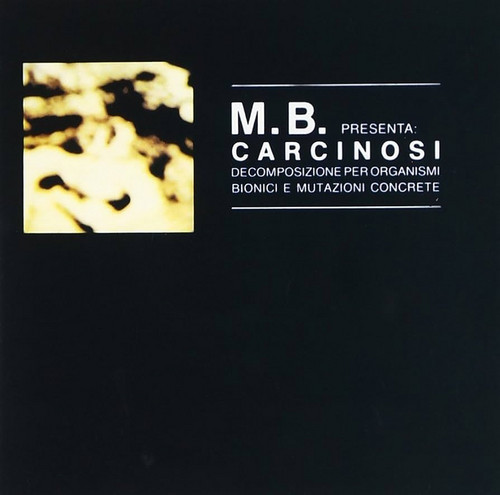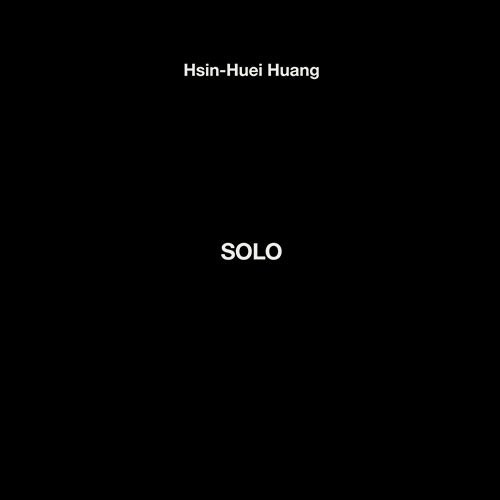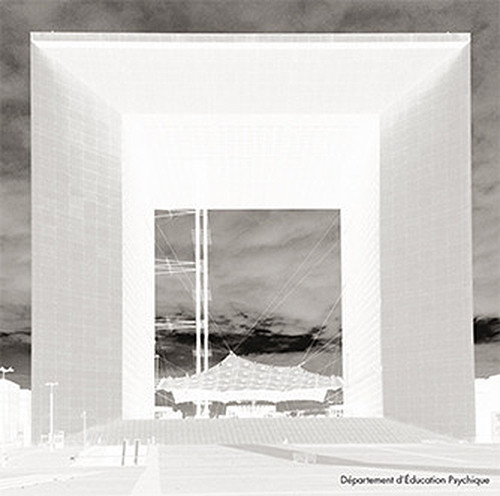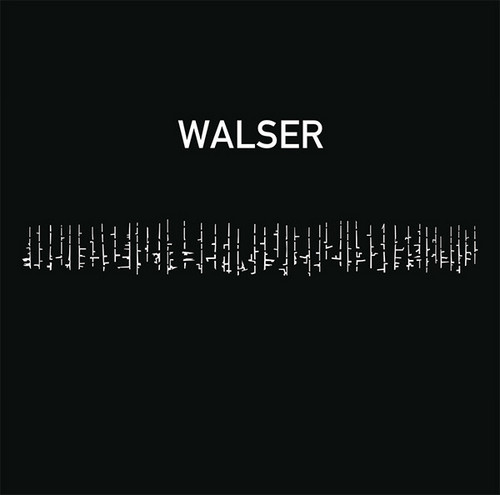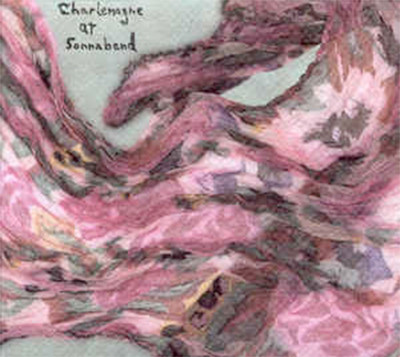Back in stock
Ripatti 02
Sasu Ripatti links with the legendary Max Loderbauer (NSI., Sun Electric, MvO Trio) as Heisenberg for two knotty, complex riddim trips on his \"studio diary\" imprint. Adopting the mantle of the eponymous fictional meth chef*, the duo conduct fevered but controlled experiments in frayed, often frantic grooves eaten up with dissonant, freeform electronics. A-side is a 125bpm techno tunnel groove with offset bass hits embedded in a swarm of combustible modular chain reactions that dissolve to a gu…
Niaiw Ot Vile
The prickly, Autechrian productions of Chris Douglas aka Dalglish find a sympathetic home on PAN with 'Niaiw Ot Vile'. Under myriad guises - Scald Rougish, Seaes, Rook Vallade, among others - Chris has forged a twenty year career as a self-imposed arch-outsider on the fringes of electronic music, finding recognition and respect from intrepid explorers for his persistence and uncompromising approach, all the while remaining an elusive presence. Most notably he's worked with Mad Mike and Drexciya …
Revue instrumentale et electronique
Gerd Kühr is a synonym for combining complexity and simplicity, modernity and “tradition”. Revue instrumentale et électronique - spatial composition for an instrumental ensemble and recorded sound in six movements – manage to cross and unite great variety of aspects of musical expression: complex, though powerful rhythmical constructions with hard accented percussion - boosted through ensemble spread in a room - and highly lyrical passages with extreme appreciation of time structured silence. Al…
Komplex
The project was created over two years in Seyðisfjörður, Iceland and in Berlin, Germany, and is an evolving conversation between Döring’s improvisation on acoustic instruments such as clarinet and saxophones, and Korabiewski’s electronic live treatment and composition with Döring’s sounds. A third compositional element is contributed by the particular ambiences of the spaces in which the recordings took place, as Korabiewski and Döring came together to record at sites with personal and acoustic …
Dw16 / Songbook
DW is an on-going cycle of Bernhard Lang's pieces, where composer explorespossibilities of loops and repetitions, which became his compositional trademark. Songbook I is another piece where Lang highly involves his patterns from Jazz and Pop music, transformed through “damaged beats”. "For many years one of my main influences beside the work of Philip Jeck were the movies of Martin Arnold: they more or less became the trigger for the series of pieces called Difference/Repetition
Endometrio
Originally issued as a private LP edition of 400 copies in 1983. De-composition for synthetic sounds and electronically generated noises. Here M.B. distanced himself from the movement of the industrial Bruitists, introducing his "bionic music." Notwithstanding the difficulty of listening, especially upon initial impact, you are facing treated and filtered synthetic sounds that become new organisms -- sound cells analyzed under the microscope. This CD also includes excerpts from private tape edit…
Aquarius
The origin to the name Oakeater is instructive to the underlying framework for this Chicago outfit. “Loosely influenced by Norse Mythology and an industrial shredder” cites Oakeater’s Alex Barnett, locating the band as a chimera of loaded allegorical components. Barnett, alongside Seth Sher and Jeremiah Fisher, formed Oakeater in the mid-aughts, recording and performing in fits and starts. The division of labor is rather fluid in the use of re-purposed electronics bolstered by guitars, sy…
Flipper
Over the roughly ten years of their musical activity, Nadja has undoubtedly become one of the most well-known and influential Drone bands around. Their unique soundscapes, characterized by epic soundscapes, radiating synths, and hushed vocals have a truly mesmerizing effect and capture you with their bizarre beauty. On this album, Nadja explore new territory and focus on the endless ocean of the mind. Aidan and Leah are joined by Peter Broderick on violin, and Angela Chan on viola.
Anoxia
LP version in combination offset/screenprinted jacket. Edition of 500. The second L A N D album, Anoxia, sees Daniel Lea return alone with an outing that marks a shift from the industrial-inflected jazz-noir of 2012's Night Within into distinctly new terrain. Mixed by Ben Frost at Greenhouse Studios, Reykjavík; mastered by Rashad Becker at D&M, Berlin. CD packaged in a combination offset/screenprinted jacket. "Anoxia" means "total absence of oxygen," and in Lea's hands the term heralds aural e…
Divergence
“Divergence” explores the tension between space and sound induced by their manipulated representation: sounds alter, calibrate and form space while simultaneously the sound is formed and manipulated by the space it is placed in. The album is based on pure sound sources such as sine waves and white noise. These sounds are physically manipulated and destroyed by the use of tape in order to form pulses, interferences and new wave forms. These manipulations create a divergence between the perception…
Dies Irae
This record is the first record of this group to be released (not to be confused with the German namesake training krautrock record release on the Pilz label in 1971). It consists of tracks recorded on stage and in the studio from 1976 and 1978, when Dies Irae was at the top of its game. A record that will allow you to judge the qualities of this little-known group that claims its influences (including notorious groups of the era King Crimson, Van der Graaf generator and Magma) nevertheless has …
Regel
A Cosmic masterpiece, reissue of the private LP, issued in an edition of 300 copies in 1982; MB experimentation with noise syndrome has developed into a powerful stylistic electronic music that on Regel is coherent and dynamic. A dense synthetic melange sets the backdrop over which he uses various rhythms/effects to achieve maximum intensity. 'Acido Prussica,' first issued on the Neuengamme LP compilation, is also included on this CD edition. Maurizio is ready to unload this death cargo
Ouvre Disintegrale
Alga Marghen presents one of the most impressive sound poetry anthologies ever published, introducing you to the sound works of the Nouveau Realiste artist François Dufrene. His work, along with that of Gil J. Wolman and Brion Gysin, was a strong influence for experimental poets like Henri Chopin, Bernard Heidsieck and Ake Hodell. Previously issued in 2007 as a 4LP box set, this first edition on CD also includes "Crirythme pour Tinguely" as bonus track.
François Dufrene could be considered the y…
Carcinosi
"Originally issued as a private LP in an edition of 400 copies in 1983. MB de-composition for bionic organisms and concrete sounds. A sound that refuses both the cold logic of the fetish electronic computer-man-of-the-year and the sterile exasperation of the negative. A sound that dilutes and coagulates, eluding the listeners with minimal variations that make the cyclic style of Phillip Glass resemble a carousel of colors. This CD also features two untitled tracks first issued on compilation cas…
Solo
Already established in the world of contemporary interpreters, with her debut release presents Hsin-Huei Huang her multiple pianistic abilities and approaches. Covering different composers through their very different styles, Huang offers mechanics (Lang's Hammerklaviersonatenmaschine), virtuosity ( avli) and sensitivity (Pintscher) all of that through fascinating amount of not only performing, but programming responsibility...
Untitled
The Département d’Éducation Psychique group - Dynamo Dreesen and SVN : Andreas and Sven = DRESVN & Jean-Marc Foussat - was born in Paris June 25, 2014 in La Java, at a concert organized by Xavier Ehretsmann. The proposal of Xavier and our deep desire at all was to “mix” various networks for the unexpected meeting, improbable, surprising… of artists referenced “techno”, here DRESVN, with others from the “improvised music” in this instance Jean-Marc Foussat. And so as the duo DRESVN the German has…
Walser
**260 copies** Walser, the new album by Robert Piotrowicz, is a reiteration of the artist’s composition for the namesake film by Zbigniew Libera where a fictitious Concheli tribe enacts its ritual gestures through music and performance. Rather than following a traditional soundtrack format where music is written after the film is cut to illustrate the cinematic form, Piotrowicz treats the film music as a point of departure to create an autonomous sound work altogether. While its aesthetic narrat…
Charlemagne at Sonnabend
First time available 2CD set art-edition of the Charlemagne Palestine performances at Sonnabend Gallery, New York City, 2001. Privately issued by the composer in collaboration with Sonnabend Gallery and issued in an edition of 300 signed copies in large silkscreened gatefold folio in 2002. This art edition was never officially distributed and after 10 years a limited amount of copies is now exclusively available for the first time from Alga Marghen. The first contact between Charlemagne Pa…
Crystal Smerluvio Riddims
Rainbow Island sound brings together elements of electronics, psych-space rhythms and temporal explorations. Their previous record RNBW was meant to be the inauguration of the project and the launch of the journey to the unexplored Bongolandia, while Crystal Smerluvio Riddims is the continuation of the exploration, brought to a more mature and conscious level. In this new album Rainbow Island’s futuristic psychedelia meets dub and primitive rhythms. In Rainbow Island words, the rhythmical heart …
